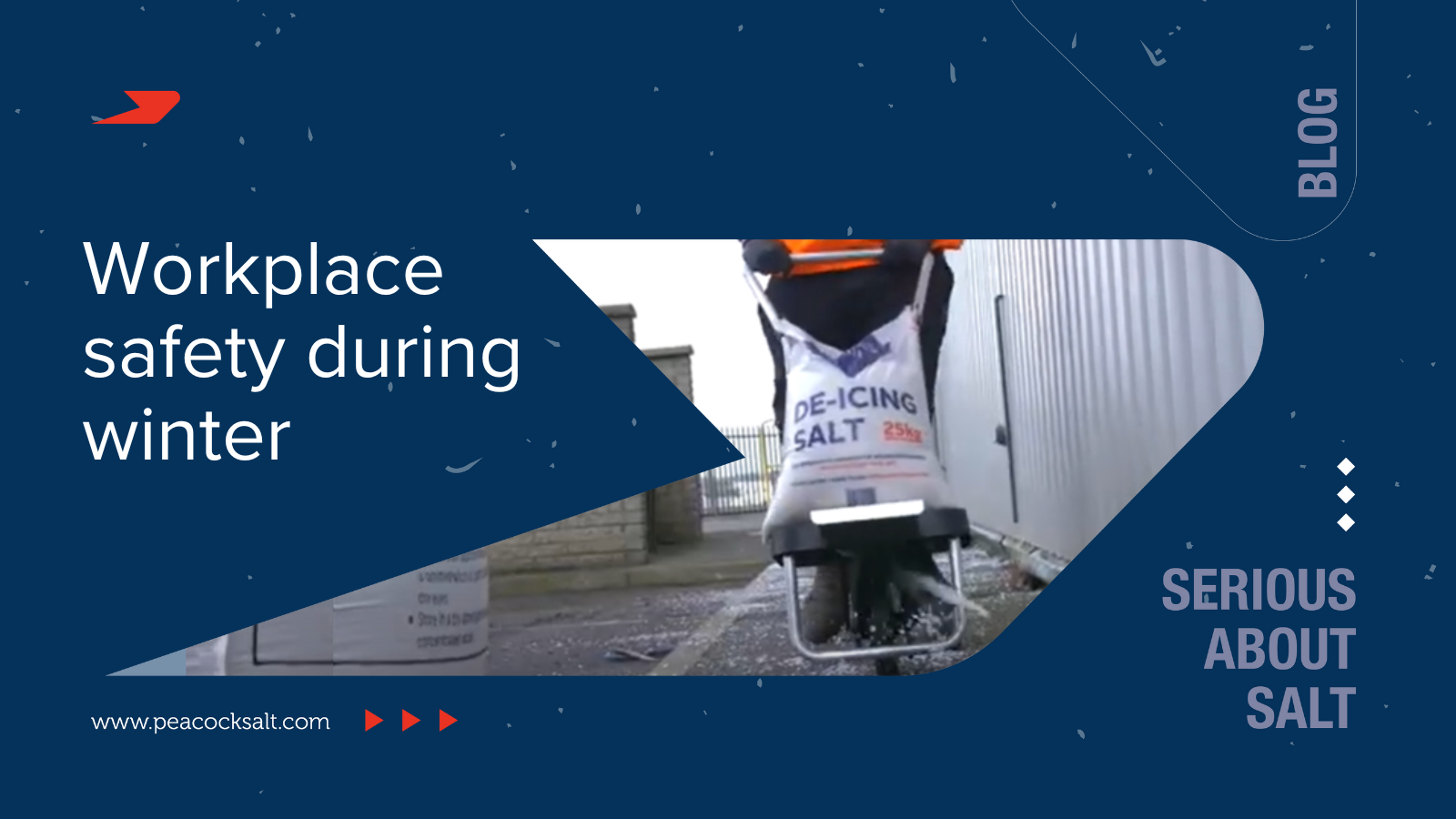
Workplace safety during winter
Workplace Safety in Winter
Forty percent of all reported major injuries at work are caused by slips and trips, RoSPA estimates. With the leaves falling, creating that beautiful autumnal scenery we all love, winter is inching ever closer. Now is a good time to plan for workplace safety over the colder months.
Safety is paramount
We all know that workplace safety is of the utmost importance. But what are the costs of slips and trips to companies? The statistics are daunting. The Health and Safety Executive estimates that slips, trips, and falls cost employers over £500m every year.
But the cost goes beyond money. It’s also the effect of untreated ice and snow on the workplace, affecting employee morale. Treated grounds such as car parks and walkways can make offices far safer in winter and create a better impression with your customers.
Safety tips for winter
As the UK’s largest distributor of salt products and a major supplier for local government, contractors, and businesses, we have five tips to keep the workplace safe this winter.
· Stay ahead of the weather – check both the short- and long-range forecasts. Download a reputable weather app and enable alerts. Use temperature sensors.
· Make a clear plan – create a winter workplace safety plan and communicate it with your staff or even better, make it part of obligatory Health and Safety training. Tackle how you will address areas such as stairs, paths or roads that are in the shade or prone to snow drifts.
· Be prepared – make sure everything is ready for those colder months. Check salt stocks are full, spreaders are cleaned and work, and the salt bins are full. Don’t leave it until the cold weather is here. Prevention is better than cure. De-icers are more effective when used before freezing temperatures occur. Use well-placed signs to warn people of ice and snow.
· Maintain your workplace – spread the correct amount of salt and use a snow plough when necessary. Remember, it is better to spread salt before snow falls rather than after. Time constraints may mean pre-wet salt – salt soaked in brine – can activate the de-icing process three times faster and gives an even spread and no scatter wastage.
· Work smart not hard – white sea salt leaves behind no dirty residue to drag in to your buildings and vehicles and acts quicker than brown salt, commonly known as grit. And use a spreader to prevent slips and trips. Are you using the most effective spreader? Do you know the difference between a drop spreader and a spinner spreader? Would your workplace benefit from low corrosion or liquid de-icers? Do some research or get in touch with us.
How can we help?
With almost 150 years’ experience, we can help with grit bins, shovels, handheld ploughs, scoops, and spreaders and of course, salt. Should you want to find out more, please get in contact.
